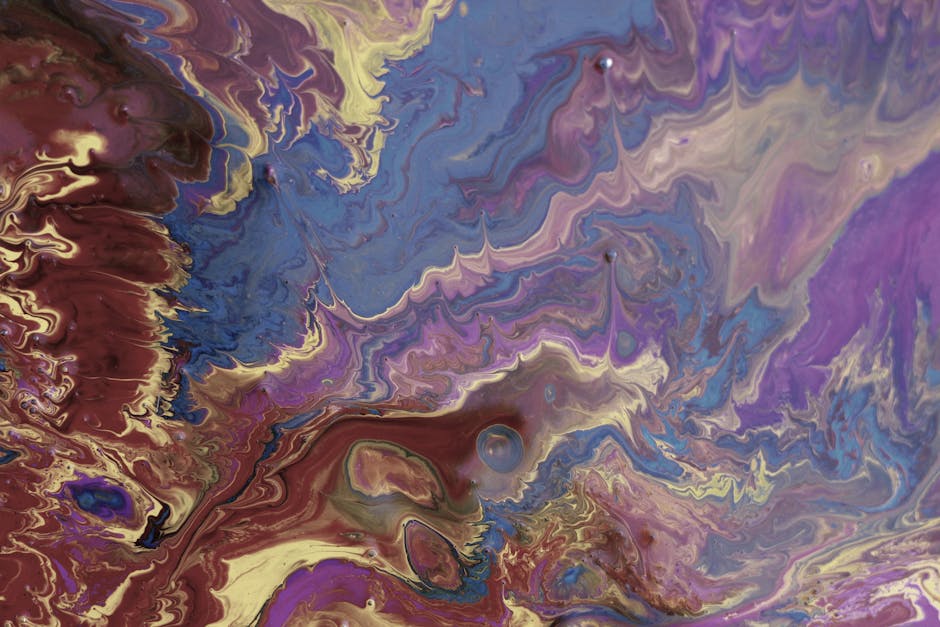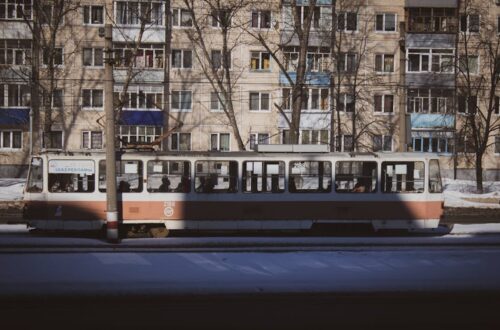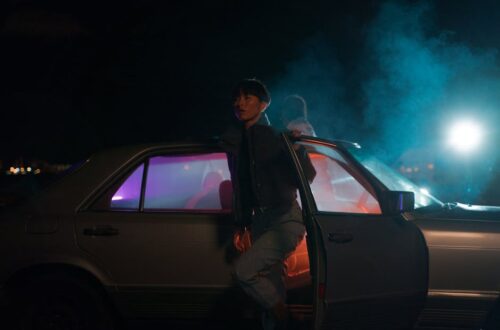Scene flow has revolutionized the way we experience visual storytelling in film and television. At its core, scene flow represents the three-dimensional motion field of points in the world, similar to how optical flow captures two-dimensional movement in images. This fundamental concept has evolved dramatically over the decades, transforming from basic motion tracking techniques to sophisticated visual storytelling methods that define modern cinema.
The journey of scene flow in filmmaking reflects our growing technological capabilities and changing artistic sensibilities. What began as simple transitions between scenes has developed into a complex language that directors use to convey emotion, advance narratives, and create immersive viewing experiences. This evolution hasn’t happened in isolation—it’s been shaped by technological innovations, audience expectations, and the creative vision of filmmakers pushing the boundaries of visual storytelling.
The Origins of Scene Flow in Early Cinema
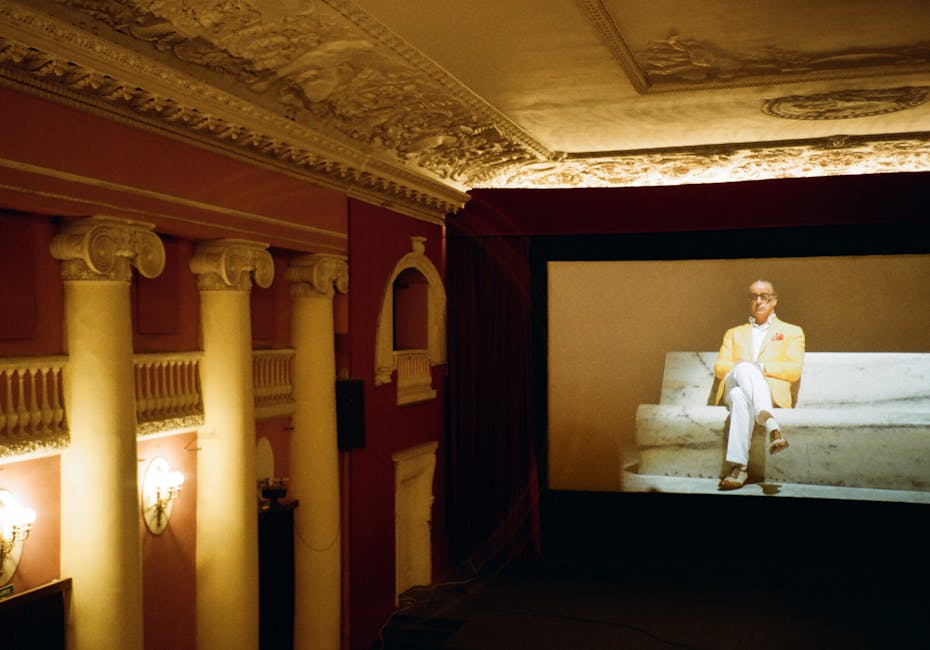
Photo by Darya Sannikova on Pexels
When cinema first emerged in the late 19th century, scene flow was primitive by today’s standards. Early films like the Lumière Brothers’ “Workers Leaving the Lumière Factory” (1895) consisted of single, static shots with no transitions or camera movement. The concept of scene flow as we understand it today simply didn’t exist. Films were literal recordings of events unfolding before a stationary camera.
The first significant development came with Georges Méliès, who pioneered editing techniques through simple cuts between scenes. His 1902 film “A Trip to the Moon” demonstrated early attempts at creating narrative flow through sequential scenes. However, these transitions were abrupt and lacked the smoothness we associate with modern filmmaking.
By the 1920s, filmmakers began experimenting with more sophisticated scene transitions. German Expressionist films like “The Cabinet of Dr. Caligari” (1920) used visual continuity to create psychological effects, while Soviet montage theory, championed by Sergei Eisenstein, explored how the juxtaposition of images could create meaning beyond the individual shots. These early experiments laid the groundwork for understanding how scene flow affects audience perception.
The introduction of sound in the late 1920s created new challenges and opportunities for scene flow. Filmmakers had to develop techniques to maintain narrative continuity while accommodating dialogue and sound effects. This period saw the establishment of the classical Hollywood continuity editing system, which emphasized invisible transitions and smooth scene flow to keep viewers immersed in the story.
By the 1940s, directors like Orson Welles were pushing scene flow techniques to new heights. In “Citizen Kane” (1941), Welles used deep focus photography, allowing action to unfold simultaneously in foreground and background, creating complex visual layers within scenes. His innovative transitions between scenes, including dissolves and wipes, added richness to the film’s temporal flow.
The Technical Revolution: From Analog to Digital Scene Flow

Photo by Yan Krukau on Pexels
The mid-20th century brought significant technical advancements that transformed scene flow in cinema. The development of more portable cameras in the 1950s and 1960s enabled the French New Wave directors to break free from studio constraints. Filmmakers like Jean-Luc Godard and François Truffaut employed jump cuts and handheld camera work, deliberately disrupting traditional scene flow to create a sense of spontaneity and realism.
The 1970s saw directors like Martin Scorsese and Francis Ford Coppola refining scene flow techniques. Scorsese’s “Goodfellas” (1990) features the famous Copacabana tracking shot, a three-minute unbroken sequence that smoothly transitions from street to nightclub interior, demonstrating how continuous camera movement can enhance narrative flow between environments.
The advent of computer technology in the 1980s and 1990s marked a turning point for scene flow in filmmaking. Digital editing systems made it easier to experiment with complex transitions and manipulate time within scenes. Films like “The Matrix” (1999) pioneered “bullet time” photography, freezing action while the camera appeared to move around it, creating a revolutionary approach to depicting motion within a scene.
The technical understanding of scene flow also advanced in academic and industrial research. Computer vision researchers began developing algorithms to track three-dimensional motion in space, just as optical flow tracked two-dimensional motion in images. This research would eventually enable sophisticated visual effects and computer-generated imagery that seamlessly integrated with live-action footage.
By the early 2000s, digital cinematography had become mainstream, offering filmmakers unprecedented control over scene flow. Directors like David Fincher embraced digital technologies to achieve precise visual compositions and smooth transitions between scenes. His film “The Social Network” (2010) demonstrates how subtle digital manipulation can enhance scene flow while maintaining a naturalistic appearance.
Scene Flow in Contemporary Storytelling

Photo by Pavel Danilyuk on Pexels
Today’s filmmakers have access to an unprecedented array of tools for controlling scene flow. The rise of digital compositing and CGI has enabled directors to create seamless transitions between real and virtual environments. Films like “Gravity” (2013) feature extended sequences that appear to be single takes but are actually complex digital compositions, creating a fluid scene flow that enhances the immersive experience.
Modern directors have also embraced long-take cinematography to create distinctive scene flow. Alfonso Cuarón’s “Children of Men” (2006) features several extended sequences shot to appear as single takes, including a six-minute car ambush scene. These techniques eliminate traditional cuts between scenes, creating a continuous flow that heightens tension and realism.
The concept of scene flow has expanded beyond individual films to encompass entire franchises and cinematic universes. The Marvel Cinematic Universe has developed sophisticated techniques for maintaining narrative continuity across multiple films, using post-credit scenes, recurring characters, and visual motifs to create a coherent flow between separate stories.
Television has also evolved in its approach to scene flow. Shows like “Breaking Bad” and “Better Call Saul” employ distinctive visual transitions—time-lapse sequences, montages, and match cuts—to compress time while maintaining narrative coherence. These techniques have become part of these shows’ visual signatures, demonstrating how scene flow contributes to a production’s unique identity.
Streaming platforms have further influenced scene flow in visual storytelling. With viewers able to binge multiple episodes in succession, showrunners have adapted their approach to scene transitions and episode endings. The traditional cliffhanger has evolved into more subtle hooks that encourage continued viewing, while scene flow between episodes has become more seamless.
The Science Behind Scene Flow
![]()
Photo by Photo By: Kaboompics.com on Pexels
Understanding the technical aspects of scene flow provides insight into why certain filmmaking techniques work so effectively. In computer vision research, scene flow is defined as the three-dimensional motion field of points in the world, analogous to how optical flow represents two-dimensional motion in images. Any optical flow we see on screen is simply the projection of scene flow onto the image plane of a camera.
Researchers have developed frameworks for computing dense, non-rigid scene flow from optical flow, allowing for the precise tracking of movement in three-dimensional space. This technology has applications beyond filmmaking, including robotics, autonomous vehicles, and virtual reality, but its impact on visual storytelling has been profound.
Modern visual effects rely heavily on scene flow computation to integrate computer-generated elements with live-action footage. When a CGI character interacts with real actors, scene flow algorithms help ensure that the virtual elements move naturally within the three-dimensional space of the scene. This creates the illusion that computer-generated and real elements exist in the same physical environment.
Motion capture technology, which has revolutionized character animation in films like “Avatar” and “The Lord of the Rings,” depends on scene flow principles. By tracking the three-dimensional movement of actors wearing special suits, filmmakers can translate human performance into digital characters while preserving the nuanced flow of natural movement.
Even traditional filmmaking techniques like match cuts and continuity editing can be understood through the lens of scene flow. These methods work because they maintain the audience’s perception of continuous motion through space and time, even when the camera position changes dramatically between shots. Our brains process these transitions as coherent scene flow, allowing us to follow the narrative without disorientation.
The Psychological Impact of Scene Flow
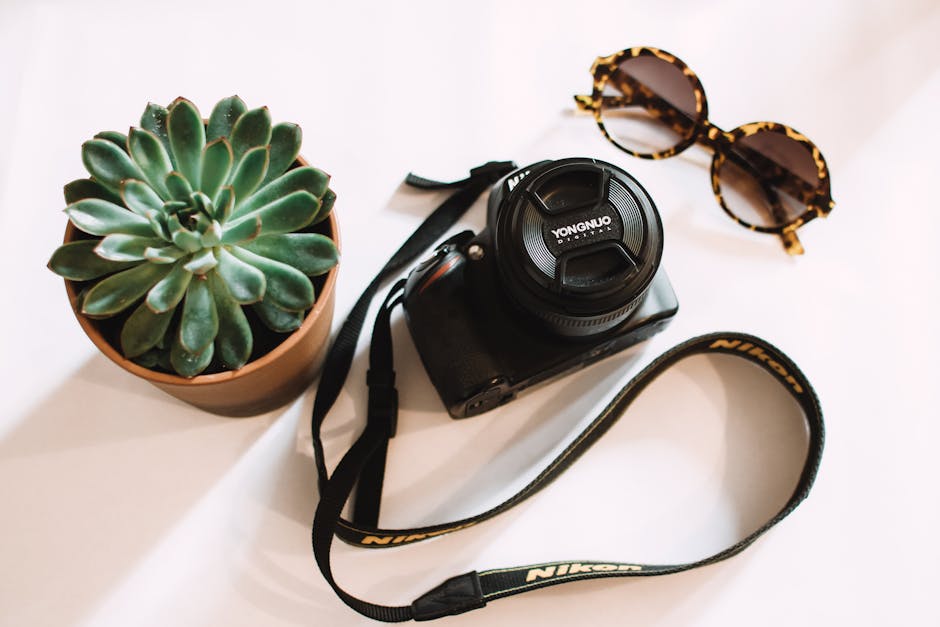
Photo by Lisa from Pexels on Pexels
The way filmmakers manipulate scene flow has profound effects on audience psychology. Research in cognitive film theory suggests that our brains process film much like we process reality, constructing a mental model of the narrative space that persists even as scenes change. Effective scene flow helps maintain this mental model, keeping viewers oriented and engaged.
Different approaches to scene flow can evoke specific emotional responses. Quick cutting between scenes creates tension and excitement, while long, unbroken takes can generate anxiety or immersion. Directors like Christopher Nolan use cross-cutting between parallel storylines to build suspense, as seen in the climactic sequences of “Inception” (2010) and “Dunkirk” (2017).
Scene flow also influences how we perceive time within a narrative. Techniques like slow motion, time-lapse, and freeze frames manipulate the temporal flow of scenes, allowing filmmakers to emphasize certain moments or compress lengthy periods into brief sequences. Darren Aronofsky’s “Requiem for a Dream” (2000) uses rapid montage sequences to convey the disorienting effects of drug addiction, creating a fractured scene flow that mirrors the characters’ psychological states.
The concept of “invisible editing” in classical Hollywood cinema relies on scene flow principles to maintain viewer immersion. By cutting on action and maintaining screen direction between shots, editors create the illusion of continuous movement across cuts. This approach minimizes the audience’s awareness of the editing process, keeping attention focused on the story rather than the filmmaking techniques.
Modern filmmakers often deliberately disrupt traditional scene flow to achieve specific effects. The disjointed editing in films like “Memento” (2000) mirrors the protagonist’s fractured memory, while the abrupt transitions in “Whiplash” (2014) reflect the main character’s intense, pressure-filled experience of music school. These techniques demonstrate how manipulating scene flow can communicate character psychology and thematic content.
The Future of Scene Flow in Visual Storytelling
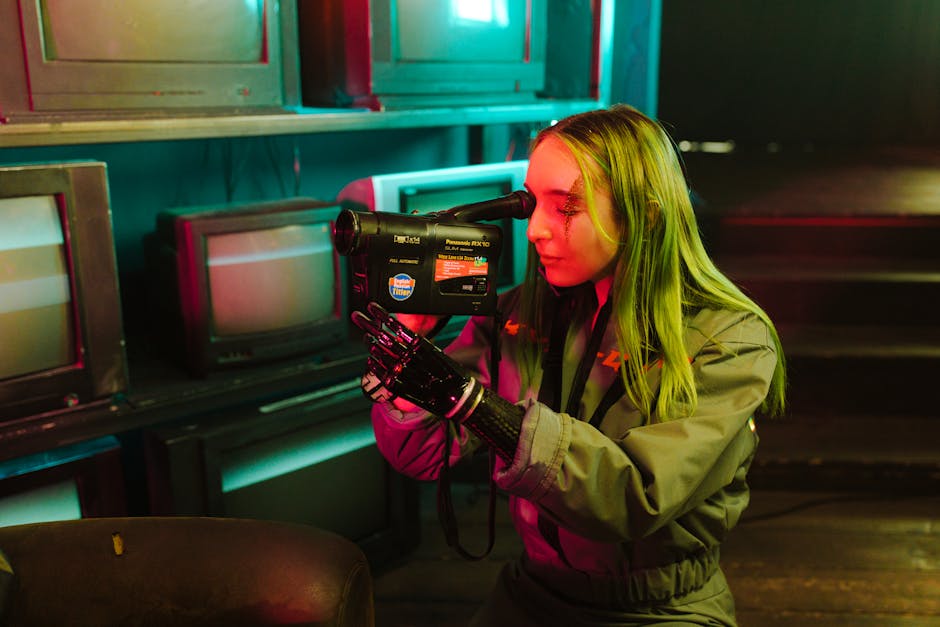
Photo by Yaroslav Shuraev on Pexels
As we look to the future, emerging technologies promise to further transform scene flow in film and television. Virtual production techniques, as used in “The Mandalorian,” allow filmmakers to capture in-camera visual effects using LED walls displaying real-time CGI environments. This approach enables seamless transitions between physical and virtual spaces, creating new possibilities for continuous scene flow across diverse settings.
Virtual reality and interactive storytelling present unique challenges and opportunities for scene flow. Unlike traditional film, where the director controls the viewer’s perspective, VR allows audiences to look anywhere within a 360-degree environment. This requires new approaches to guiding attention and maintaining narrative flow as viewers navigate virtual spaces at their own pace.
Artificial intelligence is beginning to influence scene flow in post-production. AI-powered editing tools can analyze footage and suggest cuts based on content, rhythm, and continuity, potentially automating aspects of the editing process. While these tools remain assistive rather than replacements for human editors, they point toward a future where technology plays an increasing role in shaping scene flow.
The globalization of film culture has led to cross-pollination of scene flow techniques from different cinematic traditions. Western filmmakers have adopted approaches from Asian cinema, such as the long-take aesthetic of directors like Wong Kar-wai, while international filmmakers increasingly incorporate Hollywood-style continuity editing. This exchange has enriched the global vocabulary of scene flow techniques.
As audience viewing habits continue to evolve, so too will approaches to scene flow. The rise of mobile viewing on smartphones and tablets has prompted some content creators to experiment with vertical video formats and shorter content optimized for smaller screens and briefer attention spans. These formats require rethinking traditional approaches to scene transitions and narrative pacing.
Conclusion: The Enduring Importance of Scene Flow
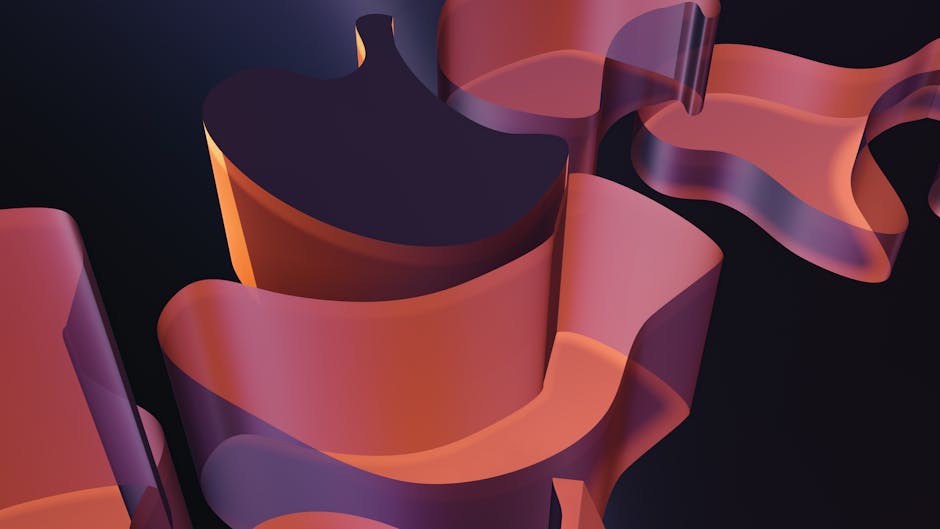
Photo by Steve Johnson on Pexels
The evolution of scene flow from early cinema to today’s sophisticated digital productions reflects our growing understanding of how movement, time, and space can be manipulated to tell compelling stories. What began as simple cuts between static shots has developed into a complex visual language that directors use to guide viewers through narrative worlds.
Despite technological advances, the fundamental purpose of scene flow remains unchanged: to create coherent, engaging visual narratives that resonate emotionally with audiences. Whether achieved through elaborate digital effects or simple editing techniques, effective scene flow is essential to successful storytelling in film and television.
As we’ve seen, scene flow is more than just a technical concept—it’s a crucial element of the filmmaker’s art, influencing how stories are told and experienced. From the pioneering work of early directors to the boundary-pushing innovations of contemporary filmmakers, the evolution of scene flow techniques has continuously expanded the possibilities of visual storytelling.
For viewers, understanding scene flow enhances appreciation of film and television, revealing the craftsmanship behind seemingly effortless transitions and immersive narrative experiences. As visual media continues to evolve, scene flow will remain at the heart of how we create and consume stories on screen, connecting the past, present, and future of filmmaking in a continuous, flowing narrative.
Sources
- https://www.ri.cmu.edu/project/scene-flow/
- https://mordohai.github.io/public/Tsekourakis_SceneFlowParadigms17.pdf
- https://cvg.cit.tum.de/research/sceneflow
- https://library.fiveable.me/screenwriting-i/unit-7/transitions-scene-flow/study-guide/X7pHV2t2fPOgzzcU
- https://www.ri.cmu.edu/pub_files/pub2/vedula_sundar_1999_1/vedula_sundar_1999_1.pdf
